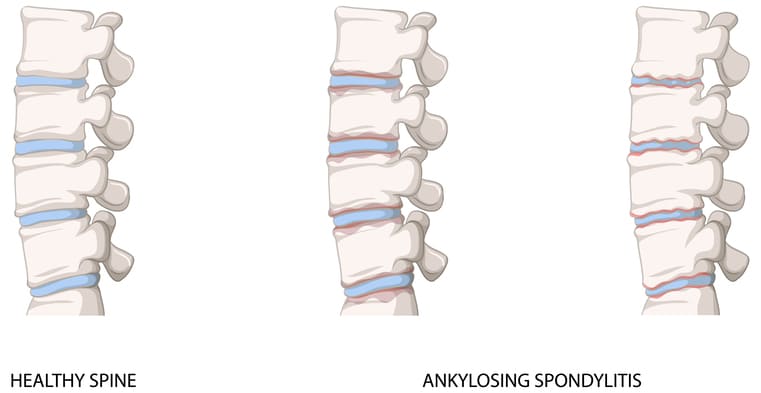Ankylosing spondylitis (AS) is a chronic inflammatory condition primarily affecting the spine. It causes pain, stiffness, and inflammation in the joints between the vertebrae of the spine, leading to a stiff and immobile spine. The condition typically starts in the lower back and gradually progresses to the upper back, neck, and sometimes other joints.

Spine surgery is one of the treatment options available for people with severe cases of ankylosing spondylitis. The main aim of spine surgery for AS is to improve mobility and function, relieve pain, and prevent further damage to the spine.
Depending on the severity and location of the spinal damage, several different types of spine surgery may be recommended for people with ankylosing spondylitis.
